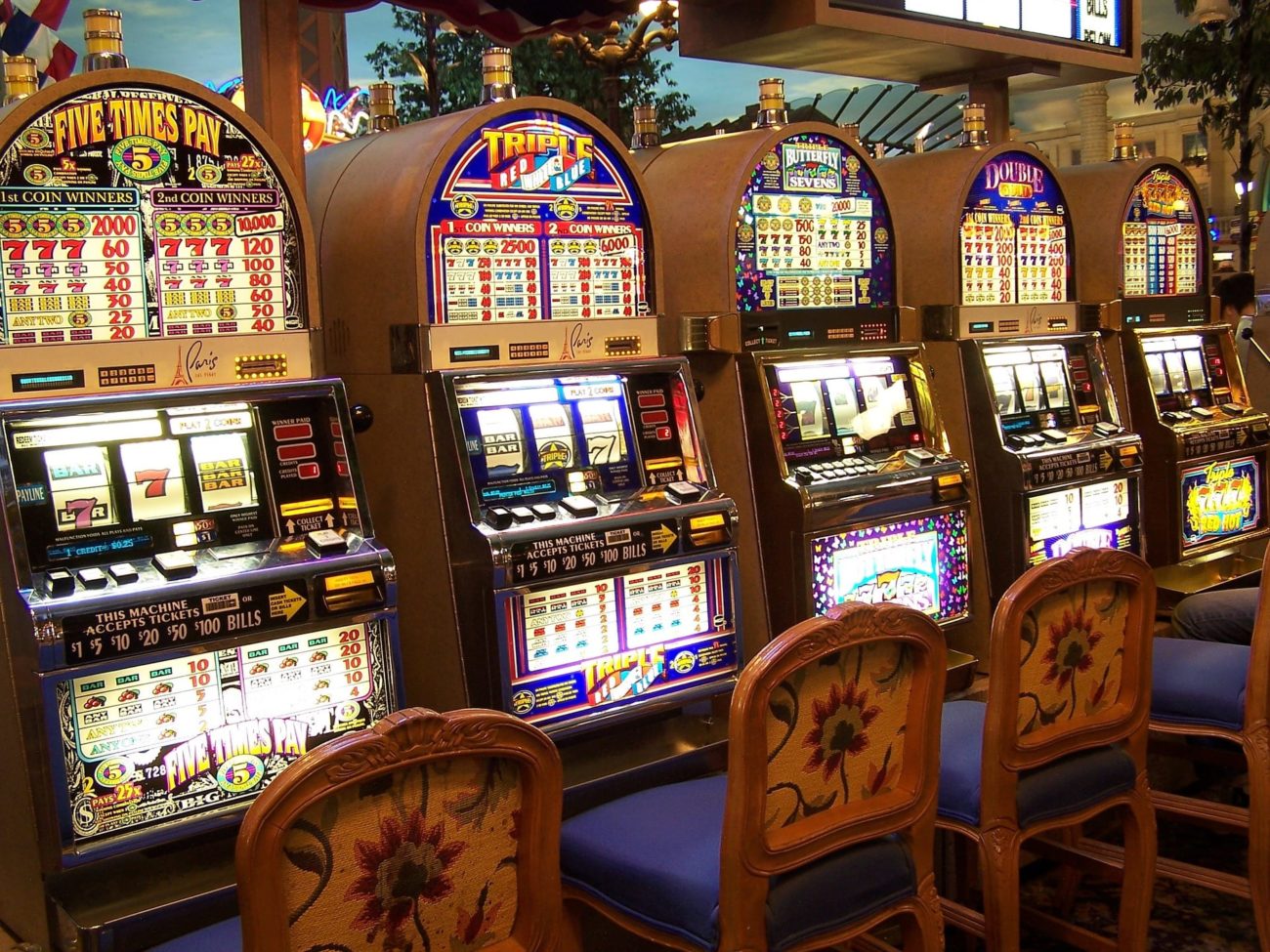
Casino games have been a well of entertainment and excitement for numerous players around the world. One of the main components that renders these games engaging is the variety of playing cards employed in various kinds of games. Grasping the different kinds of cards can improve your experience and refine your gameplay approaches. Whether you are drawn to classic card games like poker and blackjack or modern casino offerings, each game relies on a distinct set of cards that affects the regulations and the rhythm of play.
In casino environments, cards come in various forms, each tailored to fit the requirements of particular games. From standard decks to specialized card variations, the diversity plays a key role in shaping the dynamics of each game. By acquainting yourself with these cards and their uses, you can gain more profound insights into the games and make better decisions at the table. This understanding not just enhances your overall gaming experience but also contributes to a higher-level approach to your odds of winning.
Types of Playing Cards
When discussing casino games, the kind of playing cards used can significantly impact the flow of the game and strategy. The most frequent deck is the standard 52-card deck, which consists of 4 suits: hearts. Each suit contains thirteen ranks, from Ace to King. This standard deck is essential in numerous games, such as poker, where players aim to create the best hand possible or get as close to 21 as they can.
Some casino games use special decks specifically designed for the game itself. For instance, the well-known game of baccarat often uses multiple decks combined, typically six or 8. This not only increases the complexity of the game but also affects betting strategies, as players must account for the higher number of cards in play. Additionally, certain games may introduce jokers or wildcards, adding further diversity and thrill to the gaming experience.
In niche games, specialized decks may come into play. For example, in games like bridge or Pinochle, participants might use specific rules with different card values or functions. These variations keep the gameplay fresh and allow for varied strategies to emerge. Understanding the different types of playing cards and their specific uses in different casino games is key to improving one’s gaming experience and improving overall performance at the tables.
Deck Modifications in Gambling Activities
In casino activities, the kind of set of cards used can significantly affect both the gameplay and the strategies used by participants. Most traditional playing card activities, such as blackjack and five-card draw, typically use a standard 52-card pack. However, modifications do exist where extra wild cards or even several decks are utilized. For instance, in 21, some casinos may use one to eight decks, which can change the odds and the fundamental tactics required to play effectively. Participants must be aware of the deck composition, as it influences the house edge.
Another common modification in casino playing card games is the use of specialized or custom packs. For example, some poker activities might use a set of cards that features unique images or patterns, which can enhance the atmosphere at the table. These specialized packs often function to differentiate between different game types or loyalty initiatives within the gaming establishment. While the traditional guidelines of the game remain the same, the visual appeal can affect participant engagement and enjoyment.
Finally, the mixing methods used with various kinds of decks can also impact gameplay. Gaming establishments often make use of automatic shufflers that can randomly shuffle several packs efficiently, making hand counting more challenging. The rate and method of shuffling can vary widely based on the activity and the casino’s rules. Understanding these card variations is important for any player looking to enhance their game strategy and overall enjoyment in casino activities.
Value of Card Worth
In gaming activities, the value of every playing card plays a key role in deciding the outcome of multiple activities. No hu doi thuong Distinct activities assign distinct worths to cards, affecting strategies and gamer decisions. For example, in blackjack, cards numbered two through ten are rated at their nominal value, while court cards hold a value of 10, and the Ace can be valued either 1 or eleven. Grasping these values allows gamers to make informed decisions during gameplay, enhancing their chances of winning.
Similarly, in Texas Hold’em, the value of playing card worths extends to hand and combination values. High worth cards can form more powerful combinations, such as pairs, straights, or flushes, which are important for triumph in the activity. Players must assess not only their personal hand but also possible combinations their rivals might hold. This strategic complexity adds excitement and challenge, making card values a key element in poker’s appeal.
Additionally, the cognitive element of card worths cannot be ignored. Gamers may use the awareness of card values to bluff or trick their opponents. By understanding how a playing card’s value can change the game’s mechanics, gamers can more effectively manage hazards and rewards, creating a stimulating environment in gaming games. Whether competing for fun or for actual money, awareness of playing card values significantly affects the overall playing experience.